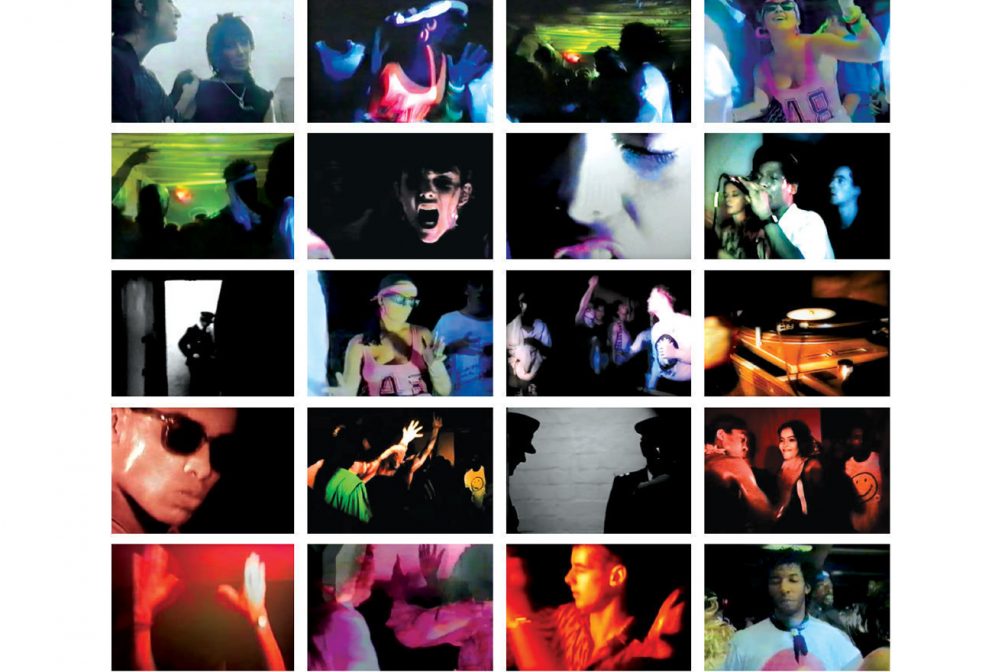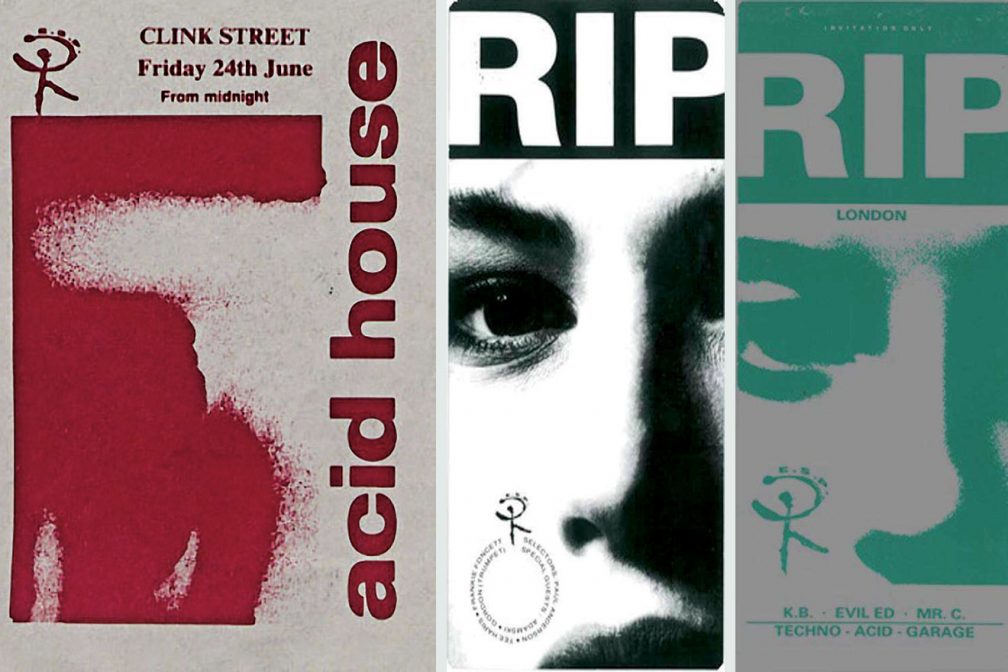 Culture
Culture
Deep inside
Clink Street was the birth of rave culture
When RIP at Clink Street opened in June 1988, possibilities seemed endless and everywhere. Suddenly, opportunities that had not previously been there presented themselves. Hairdressers became promoters, gas fitters became DJs, student designers were suddenly in demand for flyers. Derelict foundries and factories were repurposed as party spaces. Change was in the air. Qualifications were suddenly irrelevant. It was now about having a go. “I had an epiphany,” says Ashley Beedle. “I was working for Zambia Airways but I was sick of my job. I was going out a lot then and I was involved with Shock soundsystem, where we were doing Clink Street. One Wednesday I went for lunch and never came back.”
Alongside Shock, RIP had gathered together the cream of London’s advance guard of house DJs. In one room they teamed Batchelor with ‘Evil’ Eddie Richards and Colin Faver, already both known as innovative underground DJs, and in the other room Shock played with a mouthy ex-milkman called Mr C.

Unlike the media-friendly Shoom, there were few pop stars hanging out at RIP. It was twitchy, scruffy, with an edge. “RIP was all about dark and black,” says Eddie Richards. “A lot of reporters didn’t want to go because they were too scared. Shoom was white pop music and I was playing black underground music. Two different things going on, both really good.”
Rob Acteson, whose Dungeons party down the road in Leyton was often spoken of in the same terms as Clink Street (they even shared some DJs), was impressed with what Stone and Vukovic had created. “When I went to Clink Street I felt like I was missing out,” he says. “It felt like they knew something we didn’t, like they had a head start on us. It was more of a musically dominated club. Musically they were a bit more aware than our crowd were, because we had 2,000 people in the club each week and maybe 500 of them might know a bit about house music, but the rest of them it was, ‘What’s all this about then?’ Clink Street was more Chicago-oriented and because it was a smaller venue they could get away with being more experimental.”
“Amazing things happened,” Lu Vukovic told Matthew Collin. “like one morning the sun was rising and everyone was completely tripping on the energy and the emotion and the feeling of it all, someone shouted out, ‘Bring down the walls!’ and they all started jumping up, trying to take the room apart, to actually bring down the walls! No amount of words could describe that euphoria, that sense of belonging, that possibility.”
Mr C was also present when it happened. “Ashley Beedle from Shock got on the mic and said, ‘We need to break through the room, be joined as one with the other room,’ and with that half the room started attacking the wall with bare hands. They broke through it and the ceiling came down. Everyone was covered in dust. It was quite hilarious – and very dangerous.”


